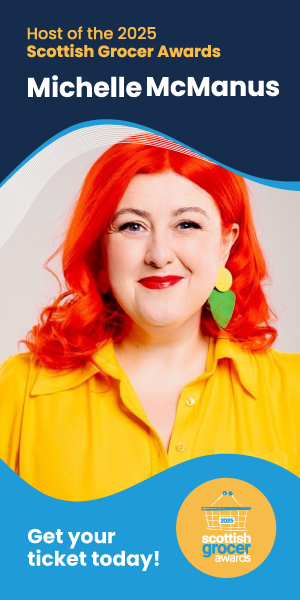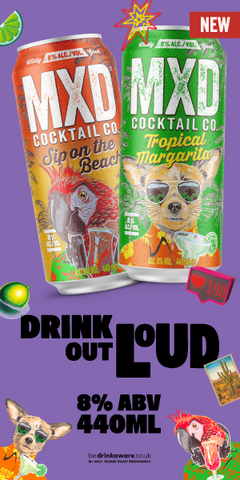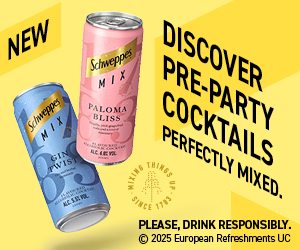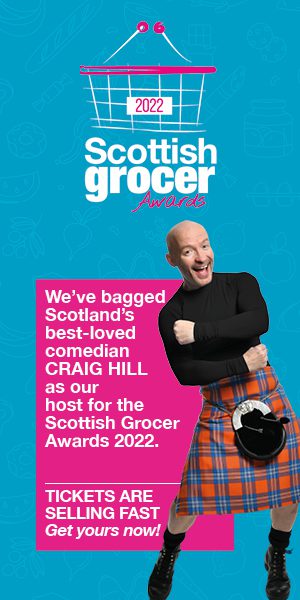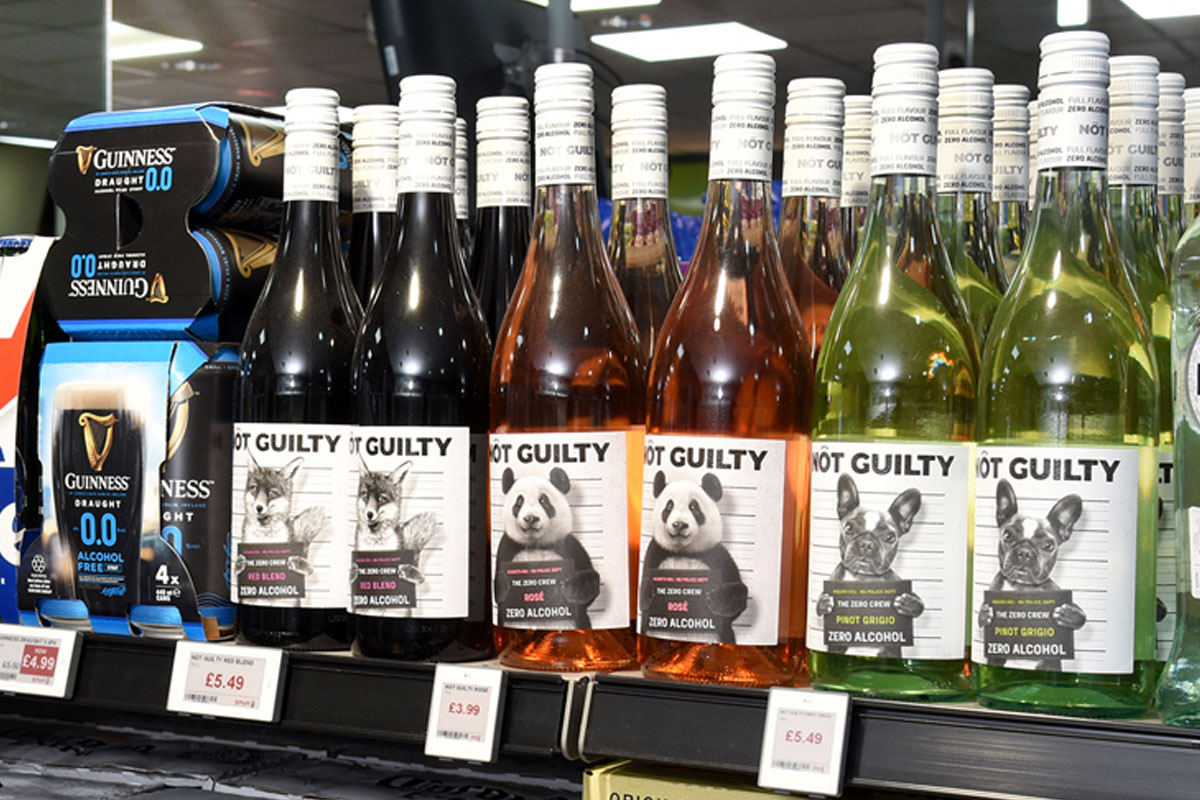
‘Risky drinkers’ – those who drink more that the guidelines – are now opting for no or low-alcohol drinks
New research from Drinkaware has shown that 49% of young adults choose no & low-alcohol to moderate, a statistic that has nearly doubled since 2018 (28%). Use of alcohol-free drinks by risky drinkers – those who drink above the Chief Medical Officers’ low-risk guidelines of 14 units per week – has more than tripled since 2018, from 7% to 23%.
The report – which is published today – examined trend data from Drinkware’s annual Monitor since 2018, the only nationally representative survey of the UK’s drinking habits. It looked at who is using these drinks to moderate, how this has changed, and what it says about the UK’s drinking culture.
Meanwhile, the majority (59%) of risky drinkers who consume no- or low-alcohol products use them instead of regular-strength alcohol. A further 25% use them either as a replacement or an addition depending on the occasion. Only 9% said they drink them alongside regular alcohol.
According to the data, almost half (44%) of UK adults are choosing no and low-alcohol drinks to moderate their drinking – up from 31% in 2018. It also revealed a sharp rise in UK drinkers opting for alcohol-free options to moderate their drinking, from 18% in 2018 to 31% in 2025, with consumption of low-alcohol products also increasing from 25% to 33% over the same period.
Drinkaware’s latest findings come as the government is set to launch a public consultation on whether to increase the threshold for a product to be branded as alcohol free from 0.05% to 0.5%.
Karen Tyrell, CEO of the charity Drinkaware, said:
“It is great to see young adults leading the charge in the growth of no & low drinks. But it is the rise in their use by risky drinkers which shows their potential for helping to reduce alcohol harm.
“The Government’s Ten-Year Health Plan for England rightly highlights their growth as an important tool in tackling alcohol harm. Swapping a regular beer, wine or cocktail for one of the many no and low-alcohol alternatives is an easy way to cut down on your drinking.”
Drinkaware’s research found that motivations for choosing no & low options vary by gender, socio-economic background, generation and type of drinker, ranging from a focus on improved health, curiosity, a desire to reduce alcohol intake to the wider range and better availability of no & low options.
To better understand how your drinking might be impacting your health, you can take the Drinkaware Drinking Check – a free, easy-to-use digital prevention tool that offers simple, actionable advice to people who might benefit from cutting back.
All data referenced is from the Drinkaware Monitor series, which is carried out by YouGov. Data are weighted by age, gender, region, and social grade to be representative of the UK adult population (aged 18 to 85). In 2025, the total sample size was 7,256 adults and fieldwork was undertaken between 4th – 26th June 2025. In 2018, the total sample size was 8,906 adults and fieldwork was undertaken between 14th May – 5th June 2018. Both surveys were carried out online. Any differences reported between groups are statistically significant at least a confidence level of 95% (i.e., p < 0.05).











